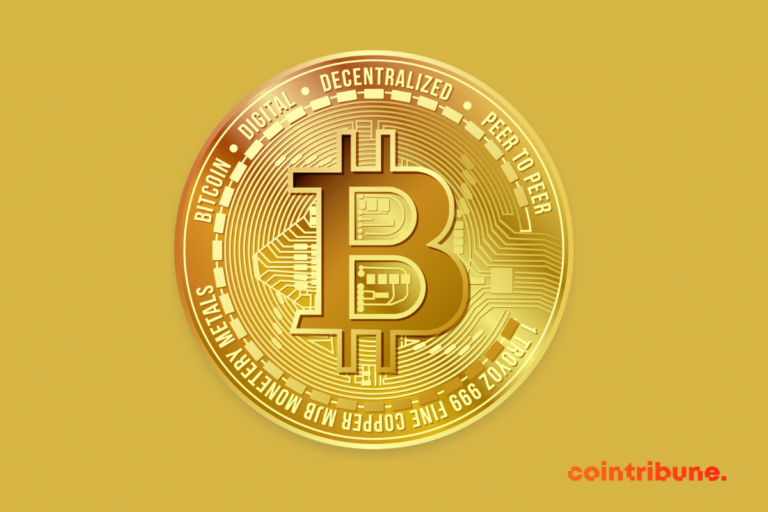
The US central bank raised its key rate again, but less aggressively than in previous months.
Two rate hikes and then stop?
The Federal Reserve issued its eighth consecutive rate hike. By 0.25%, after +0.50% last month and +0.75% the three previous times.
The cost of money is now between 4.5% and 4.75%, the highest since 2007. We should not go much higher since Jerome Powell has hinted that he will not go higher than 5.25%.
Moreover, the Fed continues to resell the debt it has accumulated since 2008 to facilitate borrowing (money printing). More than $500 billion came off its balance sheet in six months. There are still nearly 8,000 billion to be evacuated (blue curve):

“We will be careful before declaring victory… We have a long way to go”said the chairman of the Fed.
Indeed, the war in Ukraine poses serious risks to the world’s energy supply and therefore to inflation. As such, it will be necessary to closely monitor the impact of the embargo on Russian oil. And the Strait of Hormuz. Especially since the “reopening” of China should boost demand.
Such a scenario would prevent the Fed from lowering its rates before the end of the year, as many predict. Unless the United States falls into a recession:
“While the performance of the economy is broadly in line with expectations [de la Fed]it will not be appropriate to cut rates this year”.
Be that as it may, Jérôme Powell also took advantage of his conference release to urge the government to raise the debt ceiling.
A debt of 31.5 trillion dollars
US public debt now stands at 120% of GDP. Or $114,000 per American under 65…
The interest on this debt cost the US government $724 billion in 2022. That is 14% of state revenue. Almost as much as the defense budget.
Rising interest rates increase the interest bill. So Washington will either have to cut spending, raise taxes, or run up more debt.
This last option is always chosen. In other words, a hyperinflationary headlong rush given the scarcity of energy, which promises less growth.
Indeed, the best economic model is still this straight line which proves that real GDP is proportional to the quantity of energy injected:

The average maturity of US debt is around six years. This means that the rise in rates will be passed on in full to all of the debt after six years.
The average rate that the United States pays on its debt was 2% in 2022, 1.61% in 2021 and 1.32% in 2020.
A rate of 4% would then cost $1.4 trillion in interest. Even more since it is not planned to reduce the budget deficit. On the contrary…
Congressional Budget Office projections call for an average deficit of 1,600 billion dollars per year between 2023 and 2032. Or 15,700 billion more by then.
In other words, the Fed will lower its rate as soon as possible. At the risk of reconnecting with Weimar.
Saving in bitcoin wasn’t much use in the 1970s, when the debt ponzi wasn’t threatening. The world has changed a lot since…
Receive a digest of news in the world of cryptocurrencies by subscribing to our new service of daily and weekly so you don’t miss any of the essential Tremplin.io!






